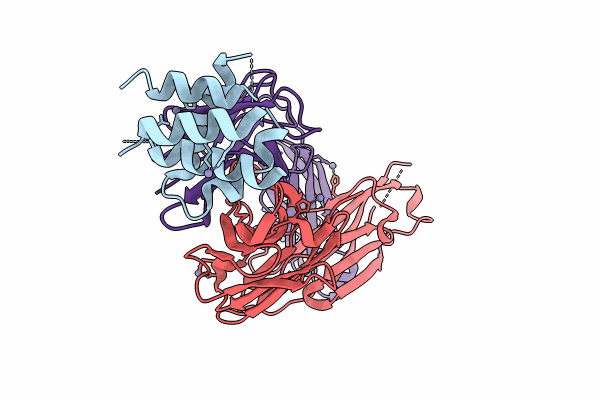
Deposition Date
2023-12-15
Release Date
2024-10-09
Last Version Date
2025-01-15
Entry Detail
Biological Source:
Source Organism:
Plasmodium falciparum HB3 (Taxon ID: 137071)
Homo sapiens (Taxon ID: 9606)
Homo sapiens (Taxon ID: 9606)
Host Organism:
Method Details:
Experimental Method:
Resolution:
2.68 Å
R-Value Free:
0.26
R-Value Work:
0.21
R-Value Observed:
0.21
Space Group:
P 2 21 21


